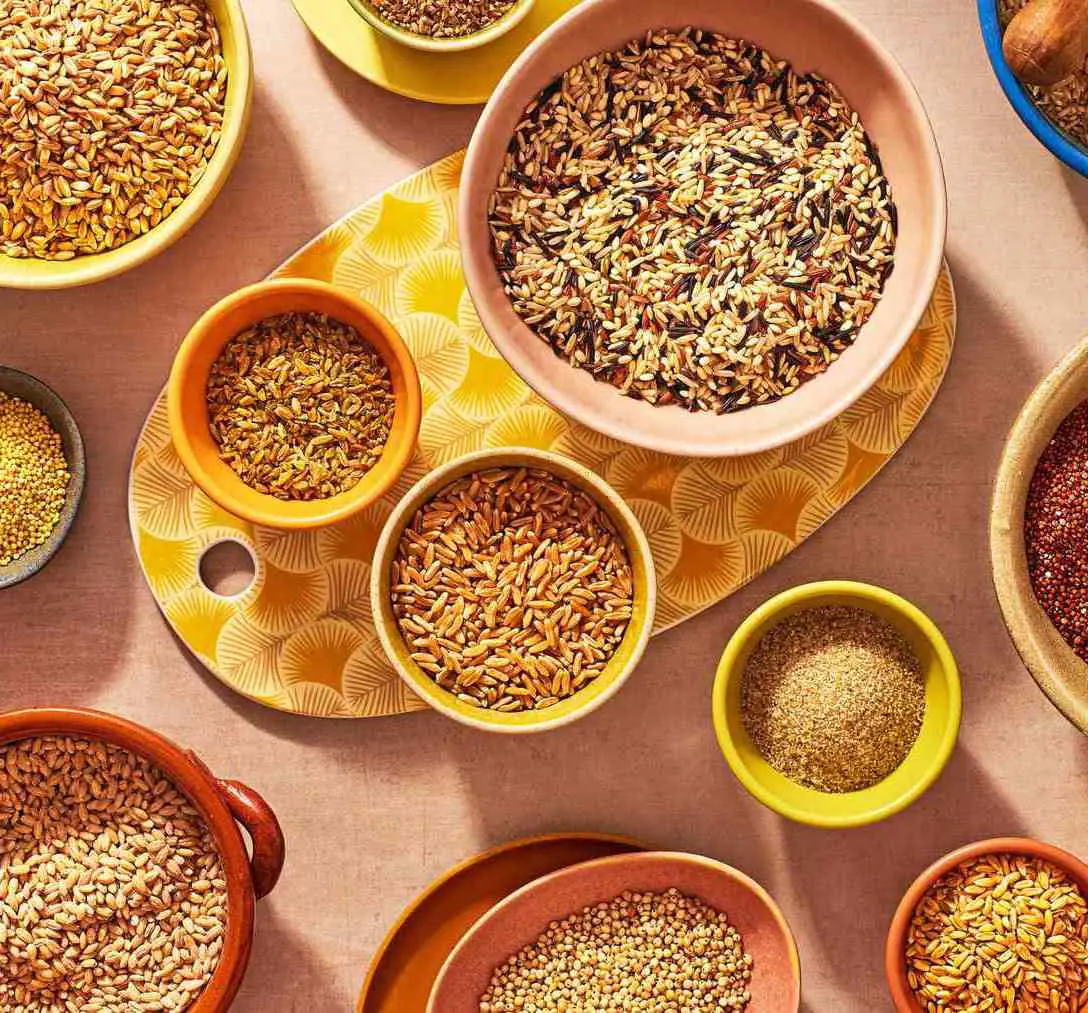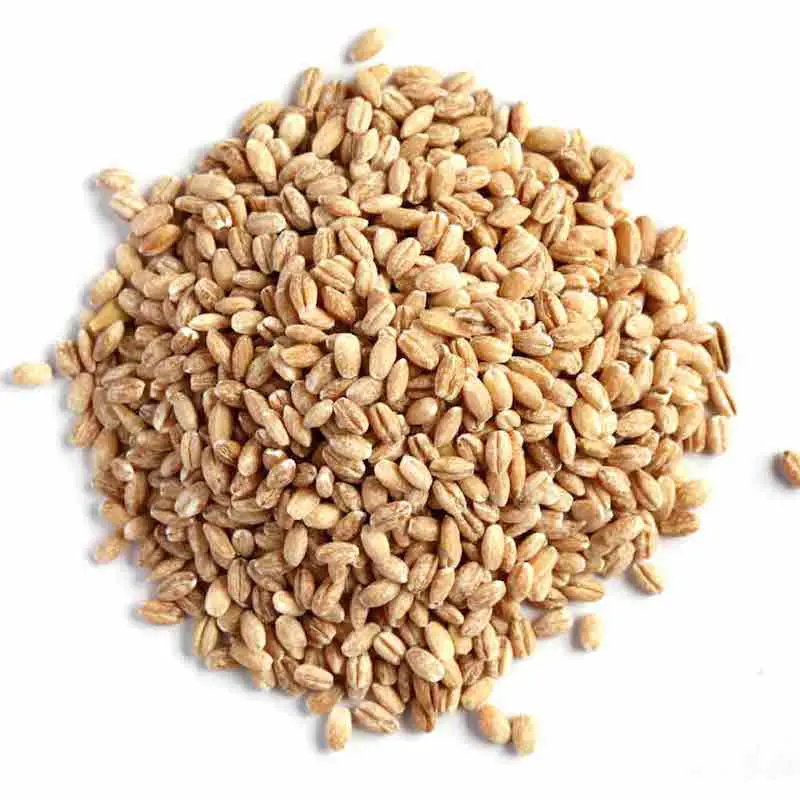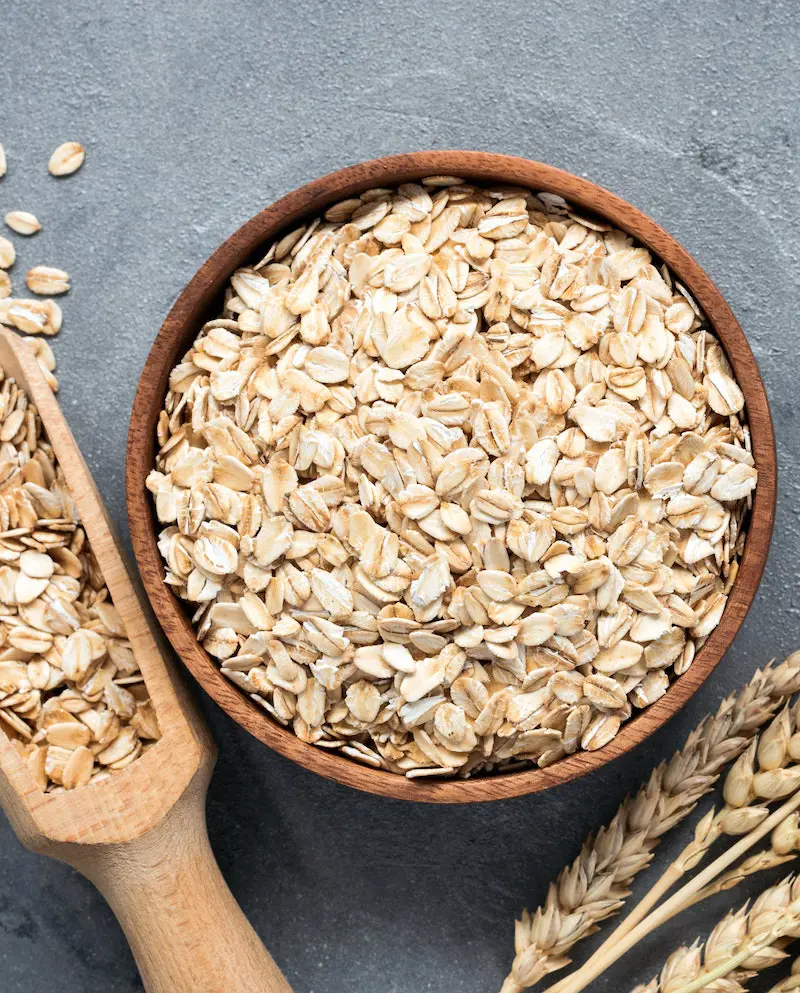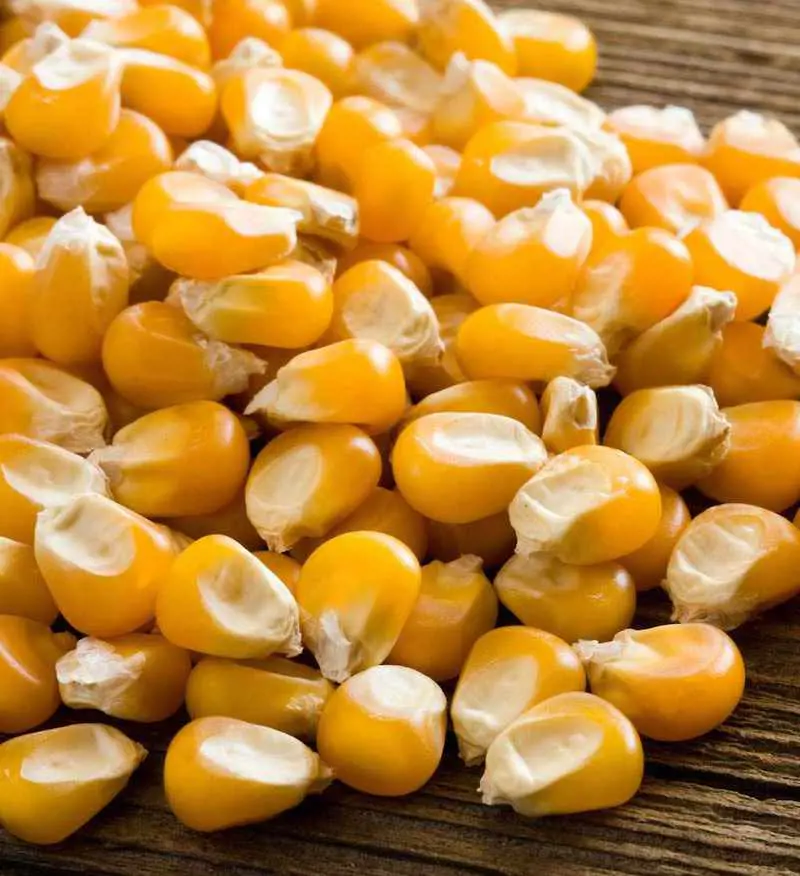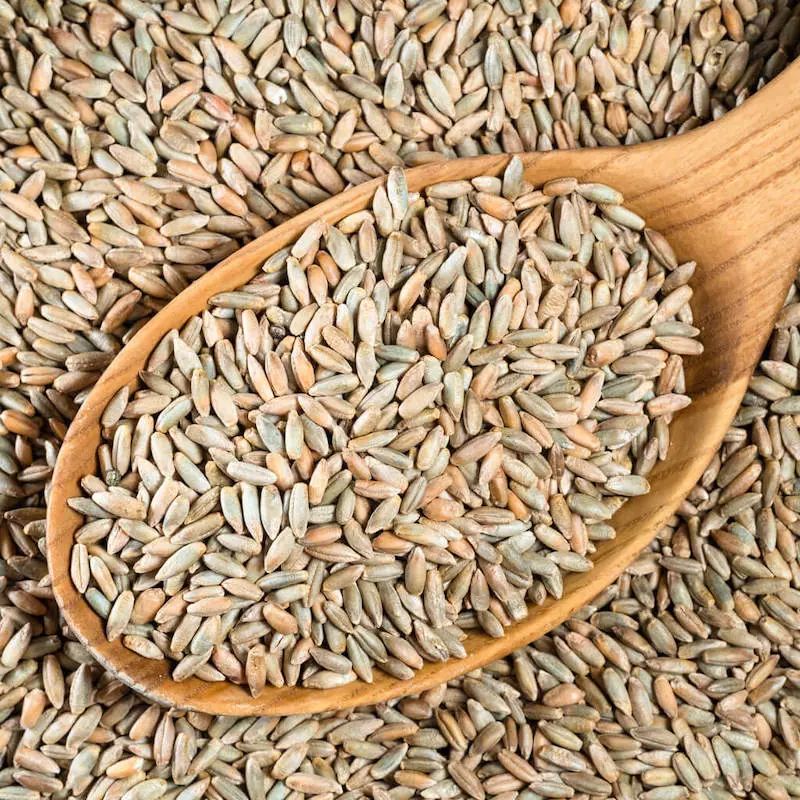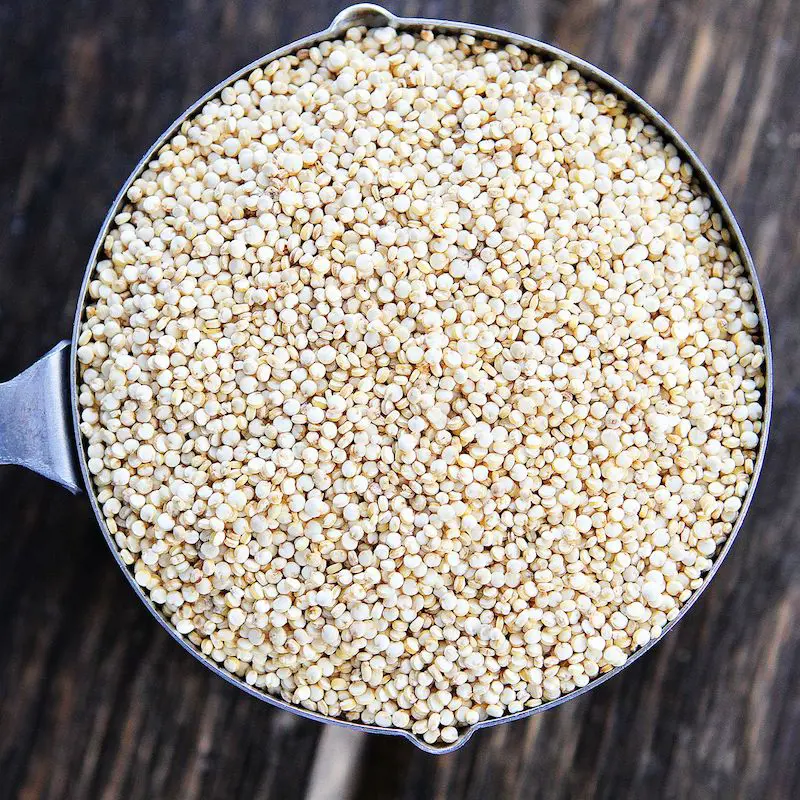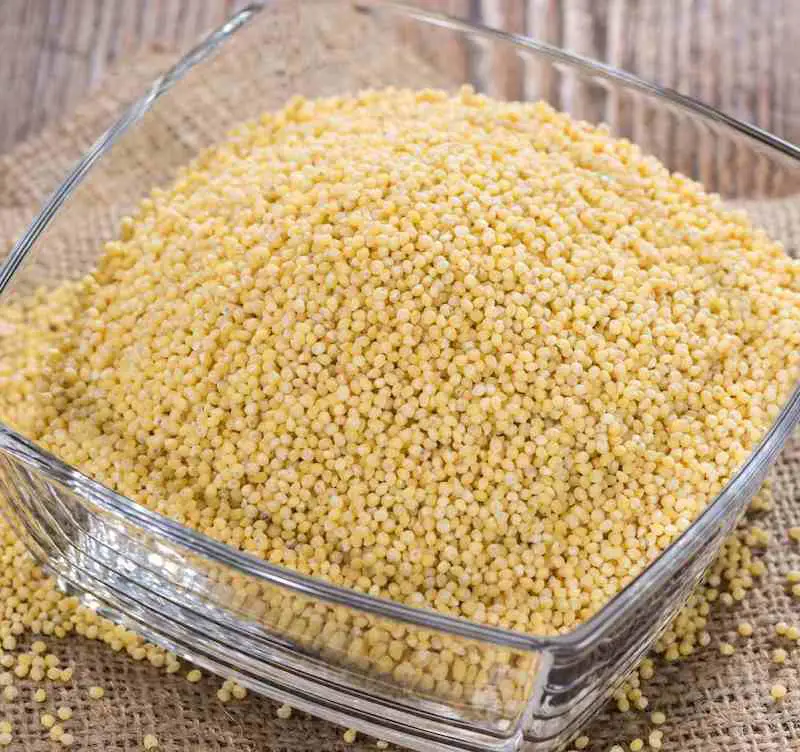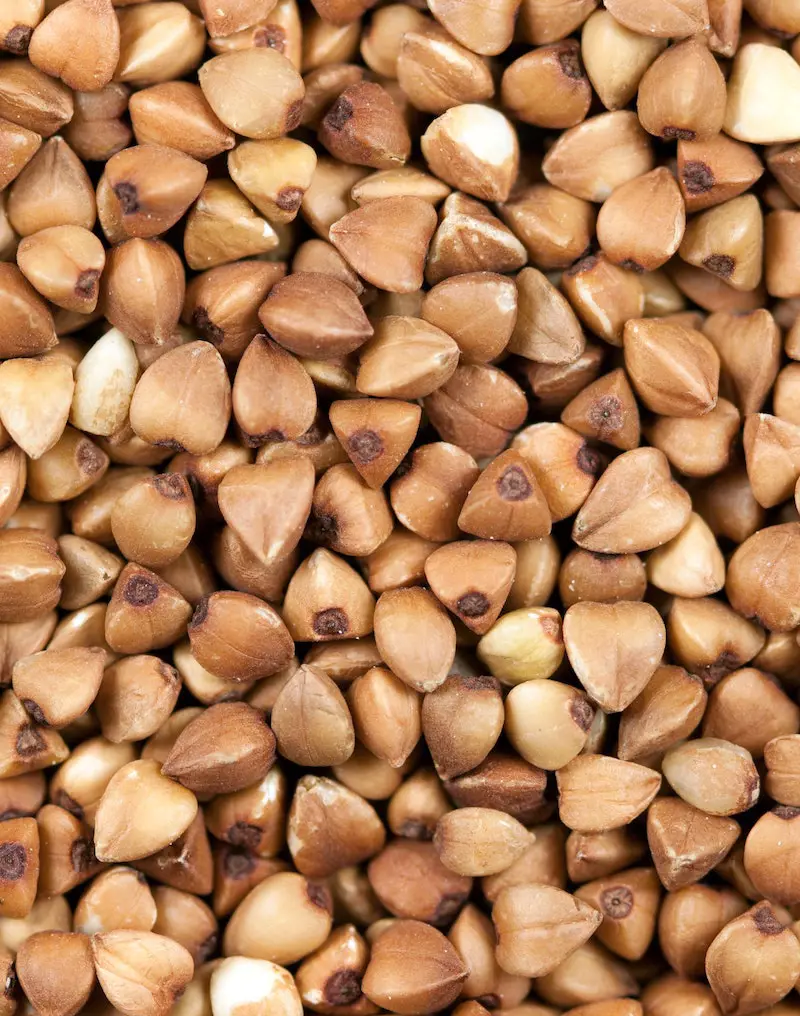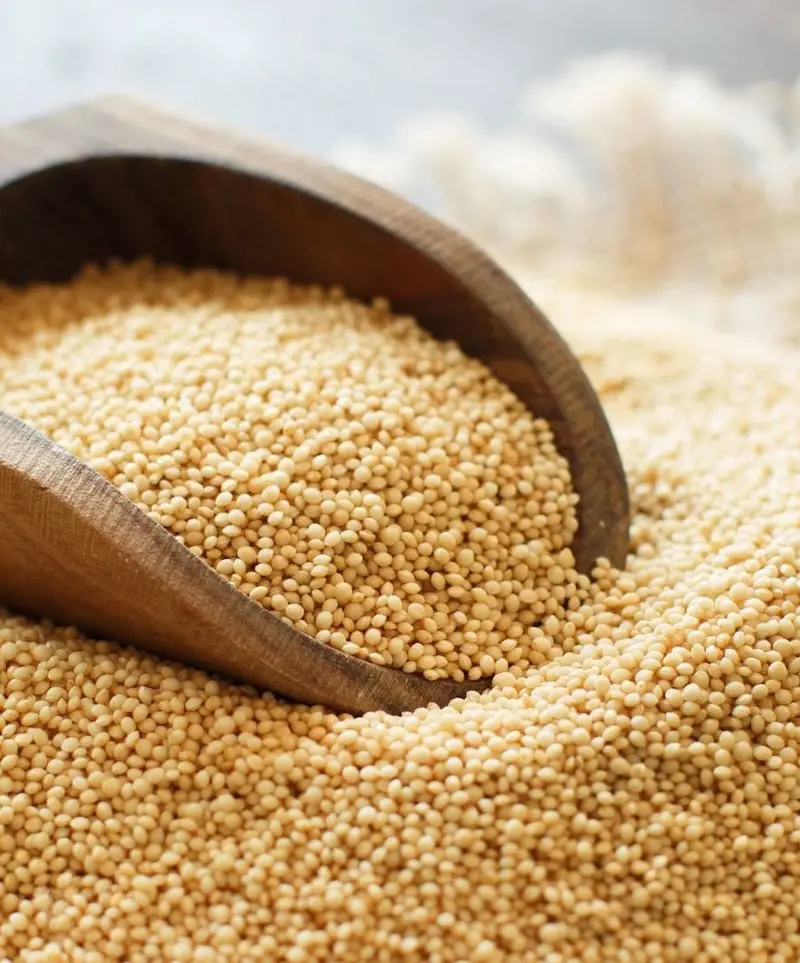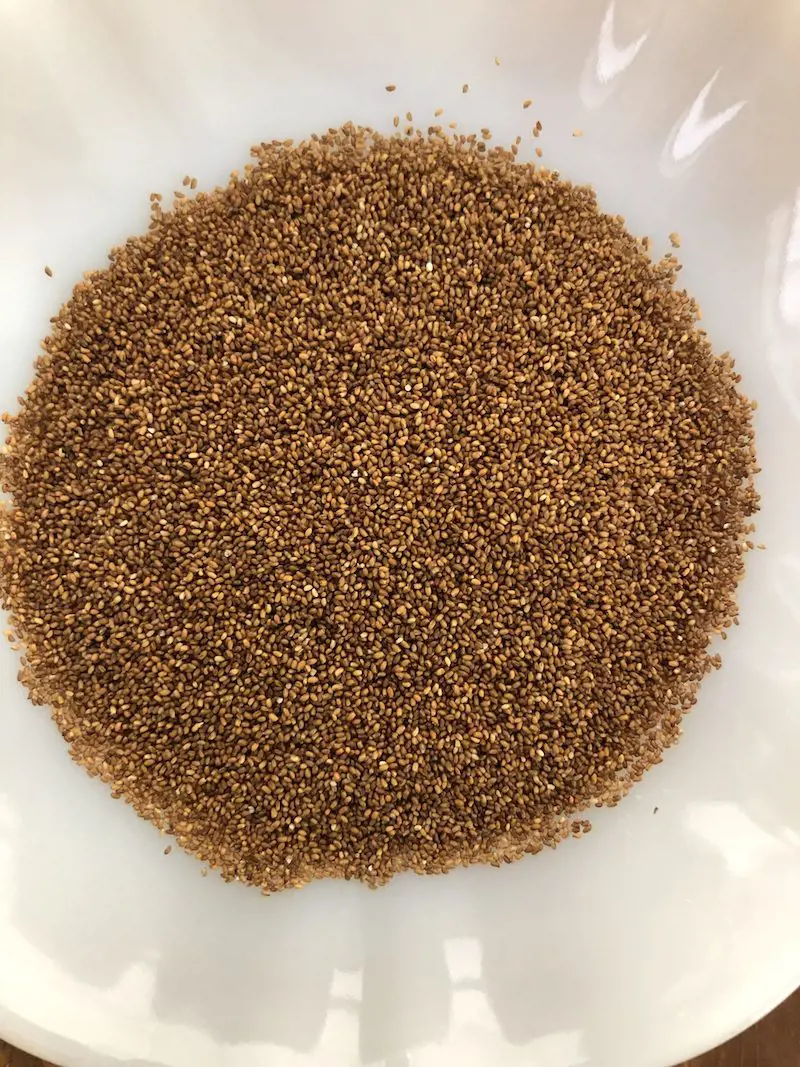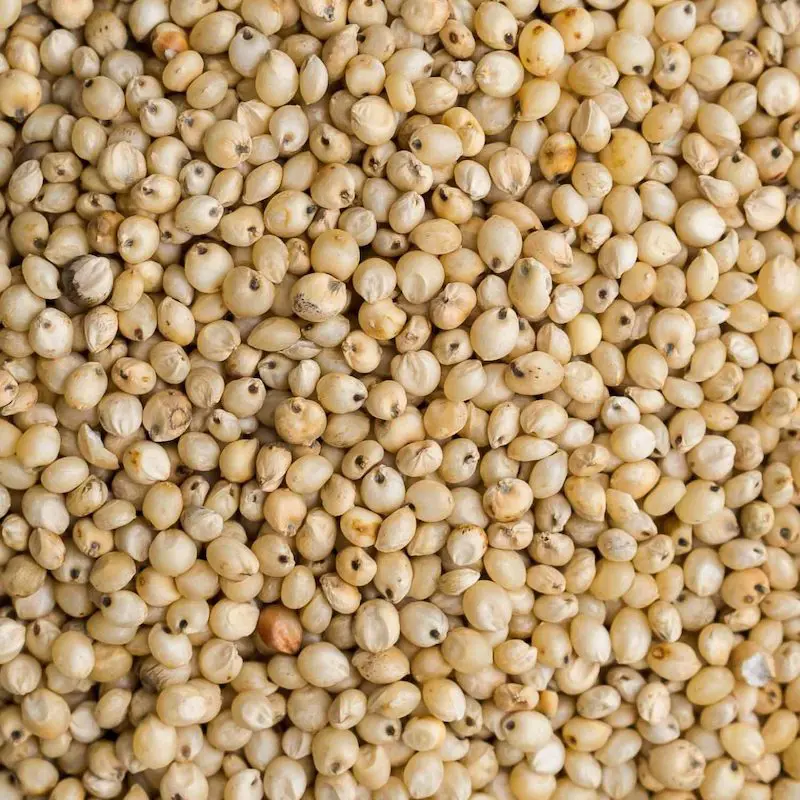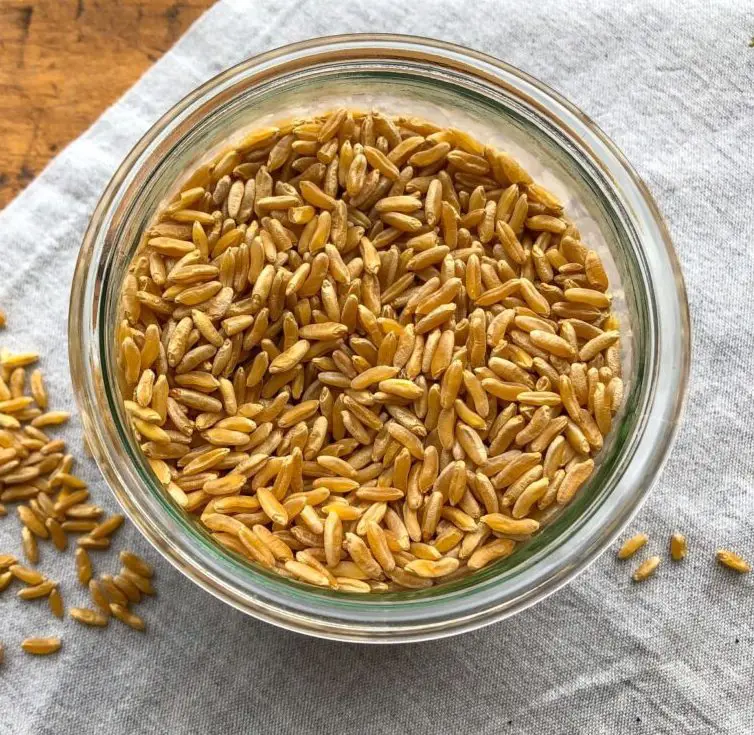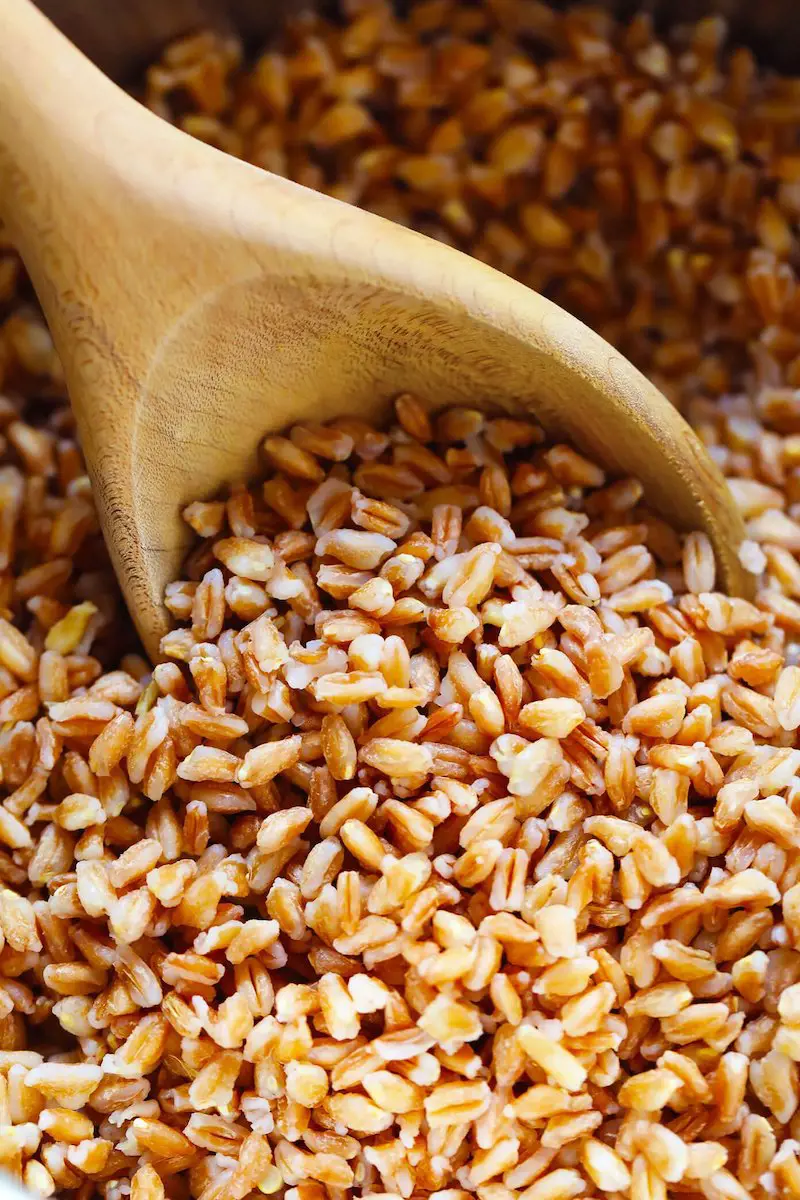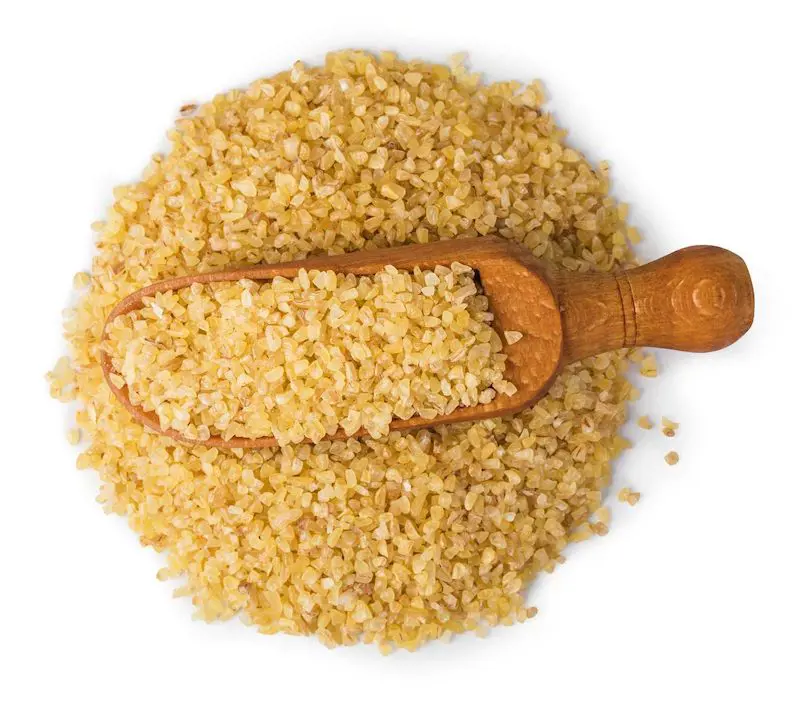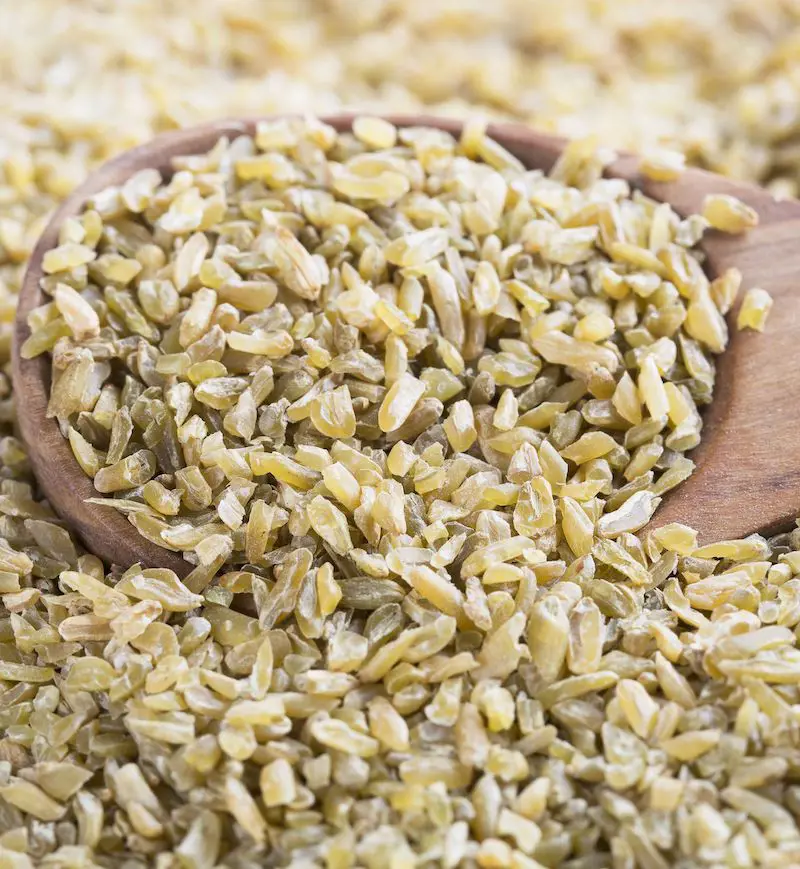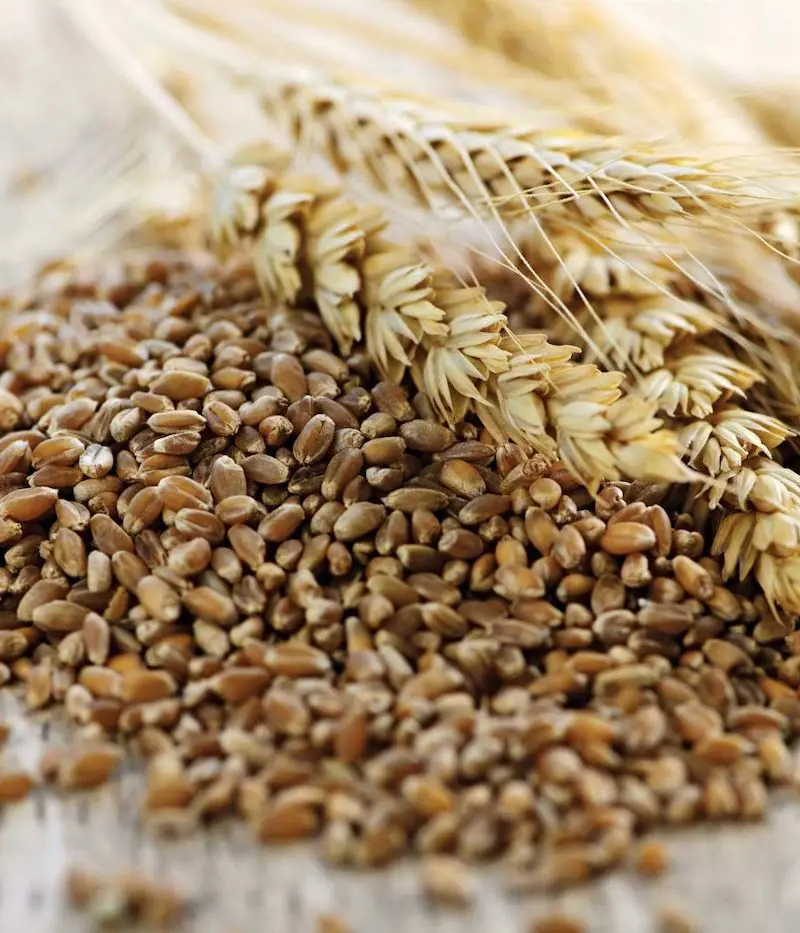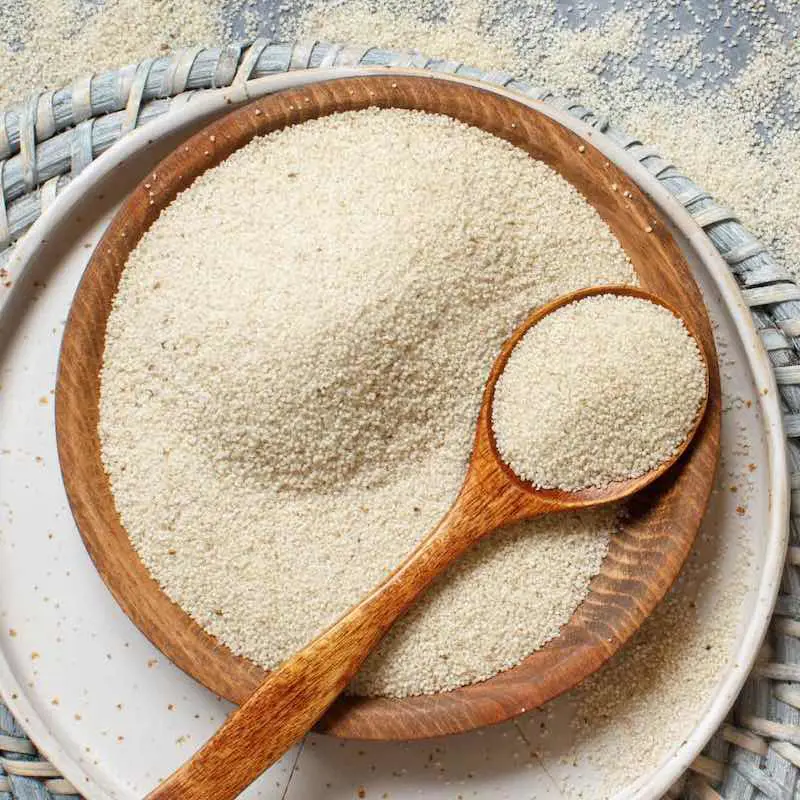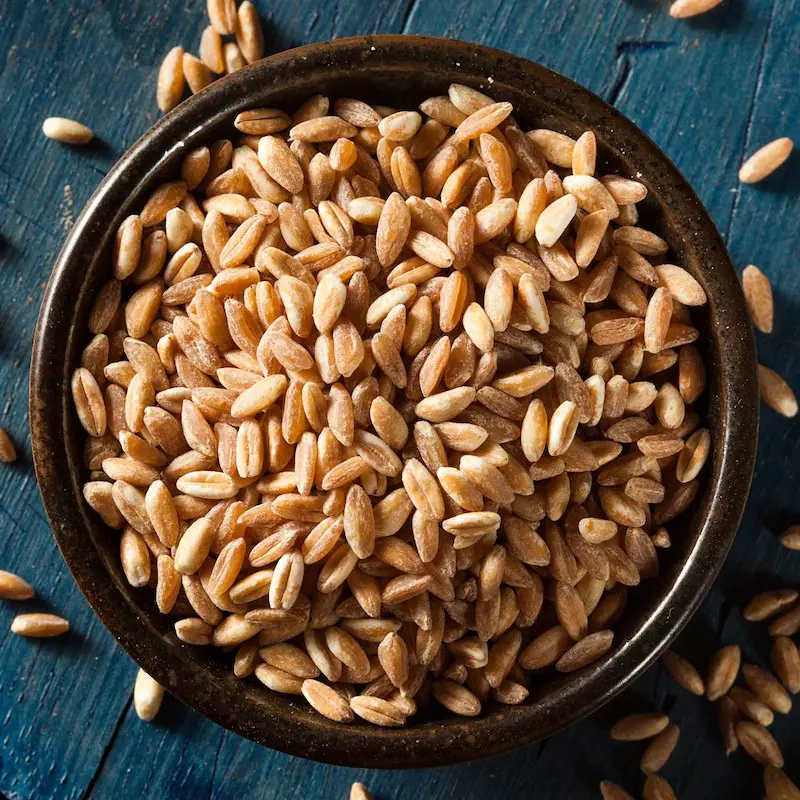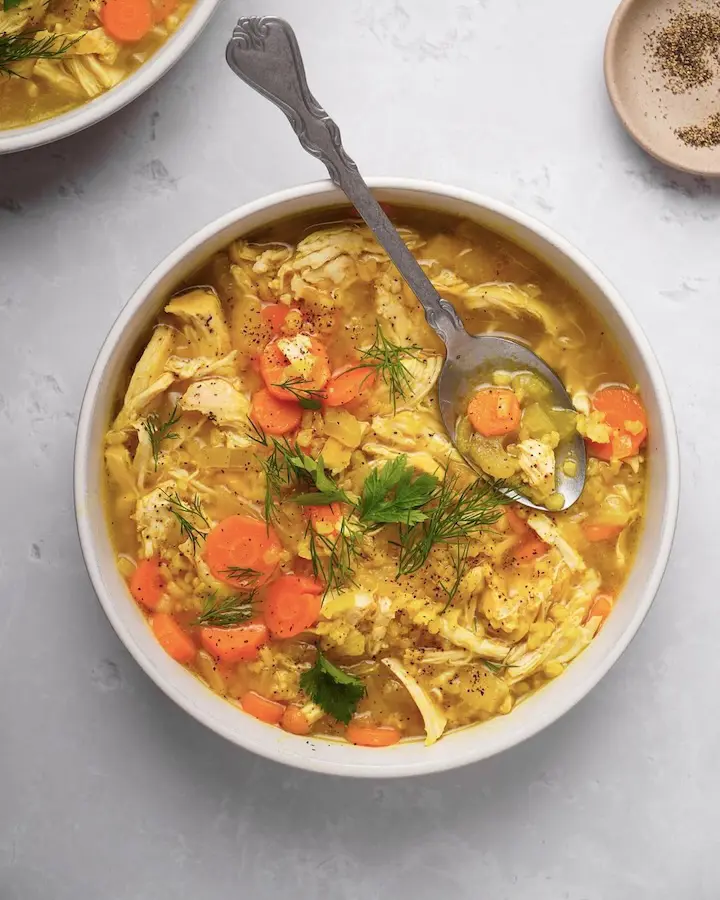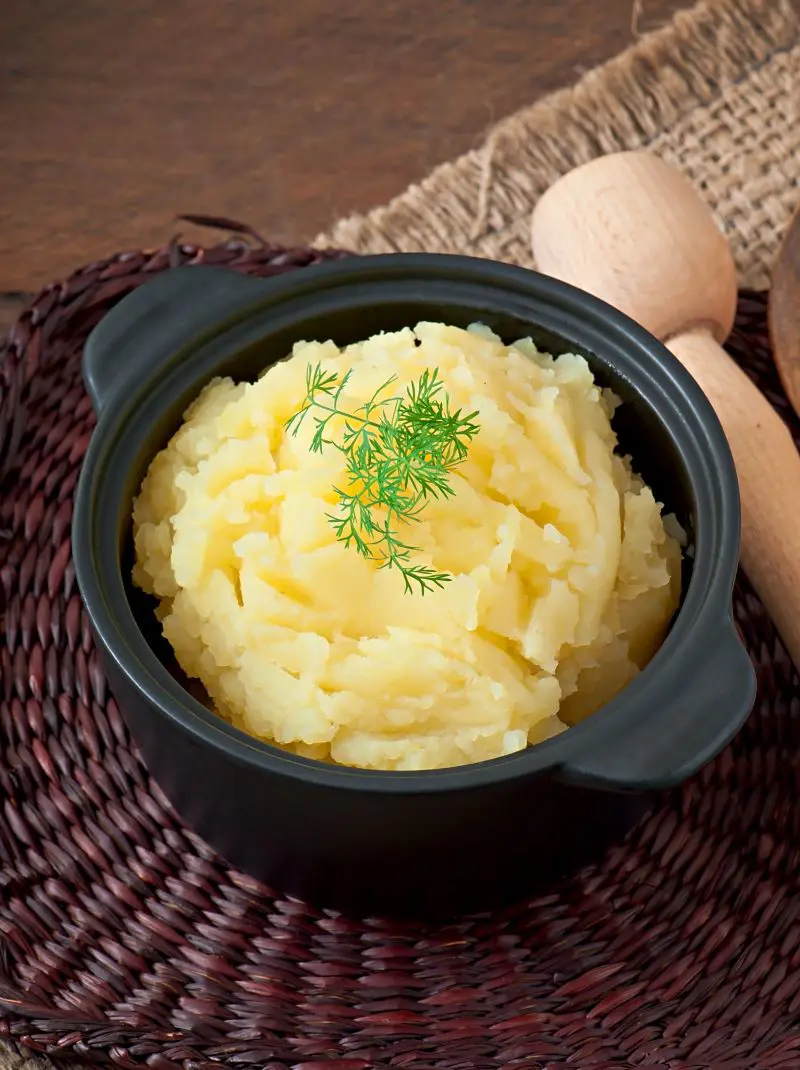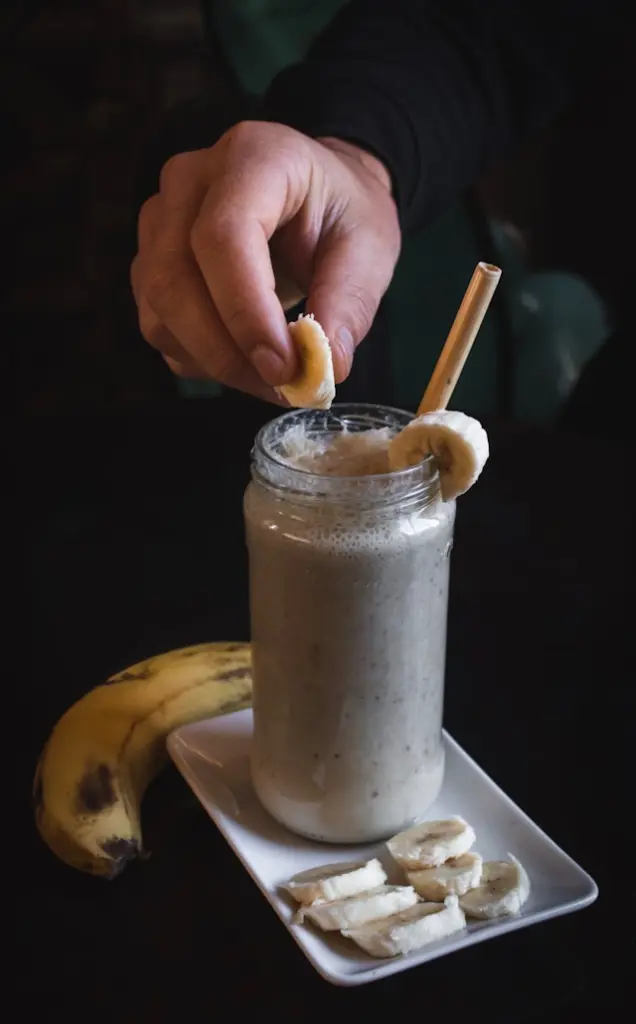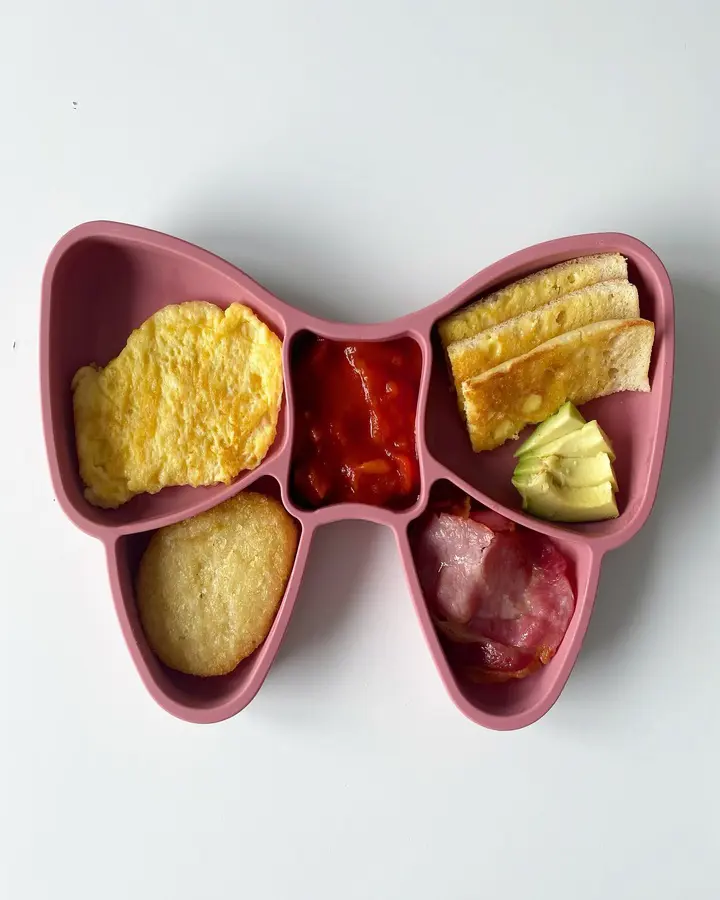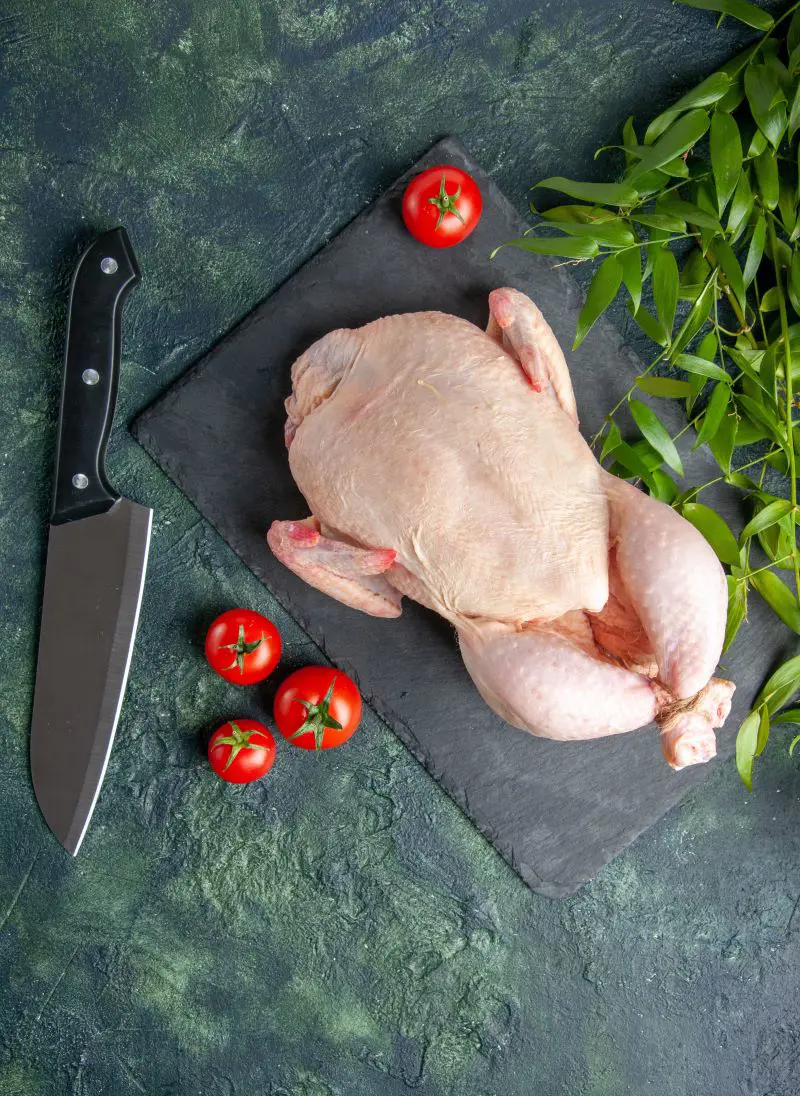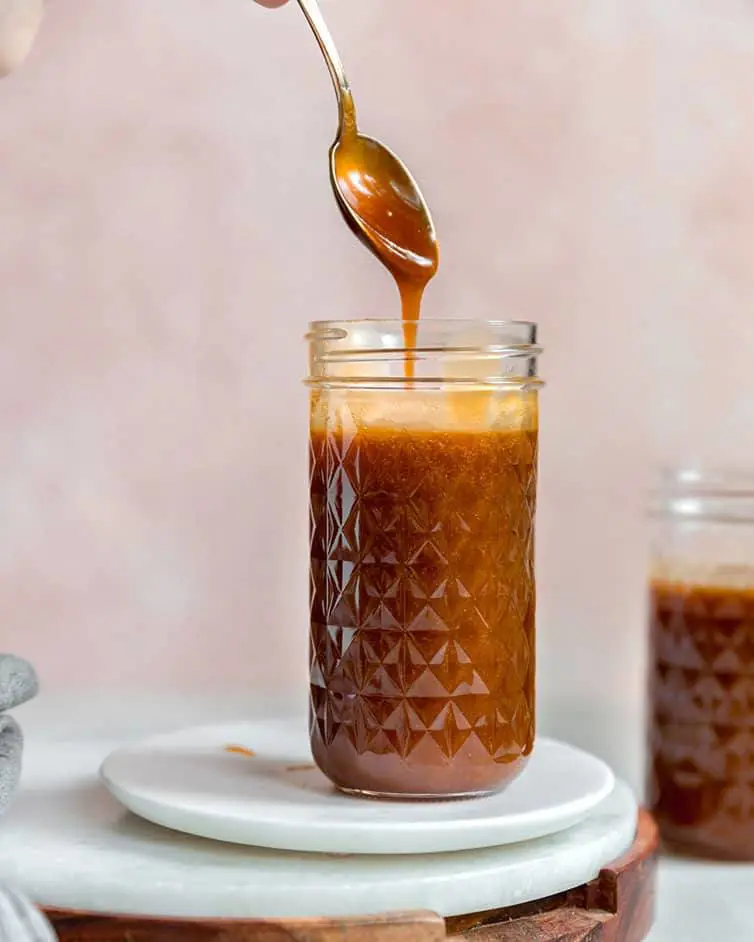1. Rice
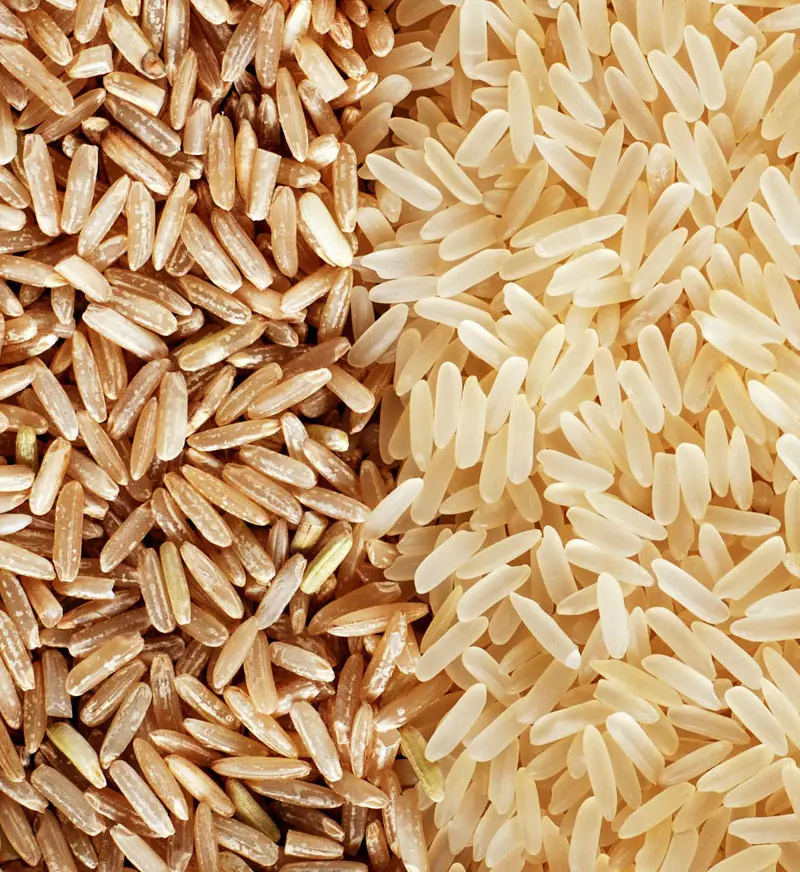
Rice is a staple food for over half of the world's population. Cultivated for thousands of years, it comes in various varieties, such as long-grain, medium-grain, and short-grain. Its cultivation is prominent in Asia, but it is consumed worldwide in diverse cuisines. With its neutral flavor, rice can be paired with various ingredients.
Similarly, there are many health benefits associated with this grain like:
- It is a rich source of carbohydrates, providing energy and fuel for the body, but is low in fat and cholesterol, making it a healthy choice.
- Rice is easy to digest and can help soothe the digestive system.
- While white rice is more processed and has fewer nutrients, brown rice is a whole grain that retains its bran and germ layers, making it a good source of essential vitamins and minerals.
